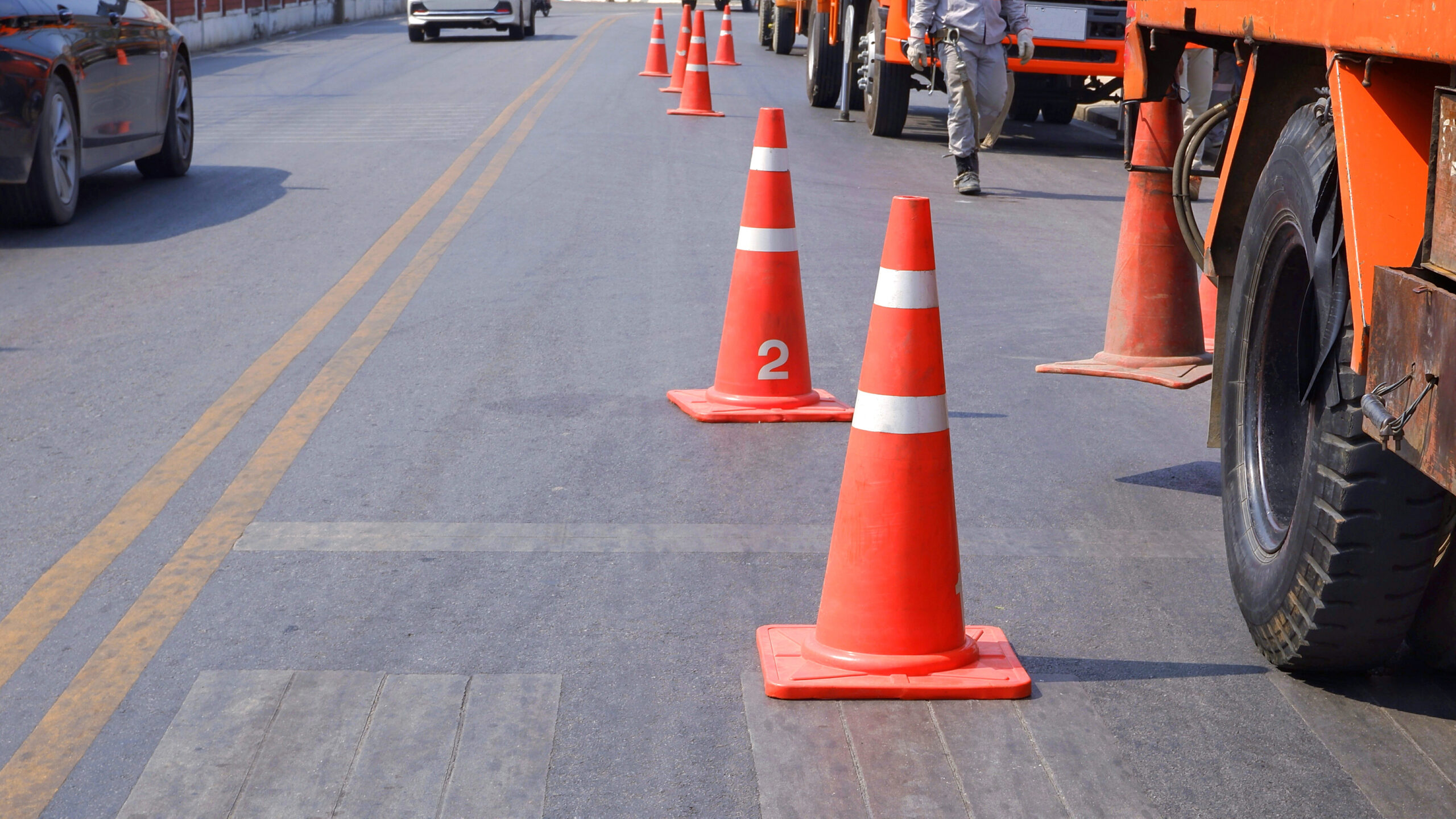Work zones are among the most dangerous places for road workers, police officers and travelers alike.
Excessive speeding is a primary cause of injuries and deaths, along with not paying attention, failure to yield the right-of-way, and following too close. In the U.S., the latest research from the National Safety Council (NSC) found that 754 people were killed and 45,400 people were injured in U.S. work zone crashes in 2018.
Behind the numbers are lives unnecessarily lost, and people who suffer long-lasting effects from their injuries. Transportation leaders need solutions. And automated work zone enforcement, along with public education, can help them to reduce speed-related crashes in work zones. By automating work zone safety, government leaders have been able to change drivers’ behavior and improve safety for workers, without risking the lives of law enforcement officers.

Automation in Action
Before Maryland launched its SafeZones program, 7 percent of drivers exceeded the speed limit in work zone by 12 miles per hour (mph) or more.
Today, only 1 of every 100 drivers exceeds the speed limit by 12 mph or more — representing a 90 percent reduction in vehicles speeding through work zones.1
- Maryland SafeZones website. ↩︎
